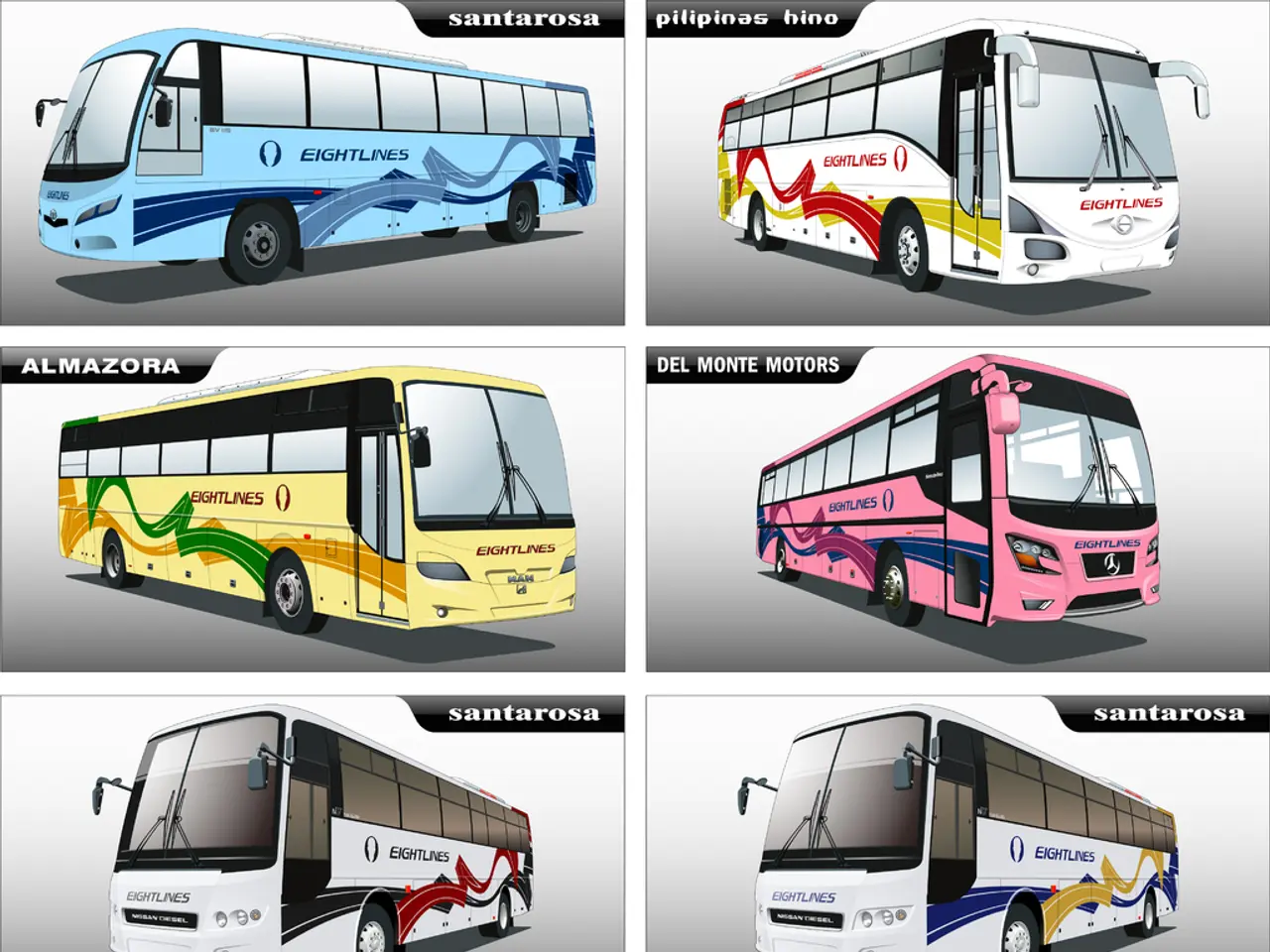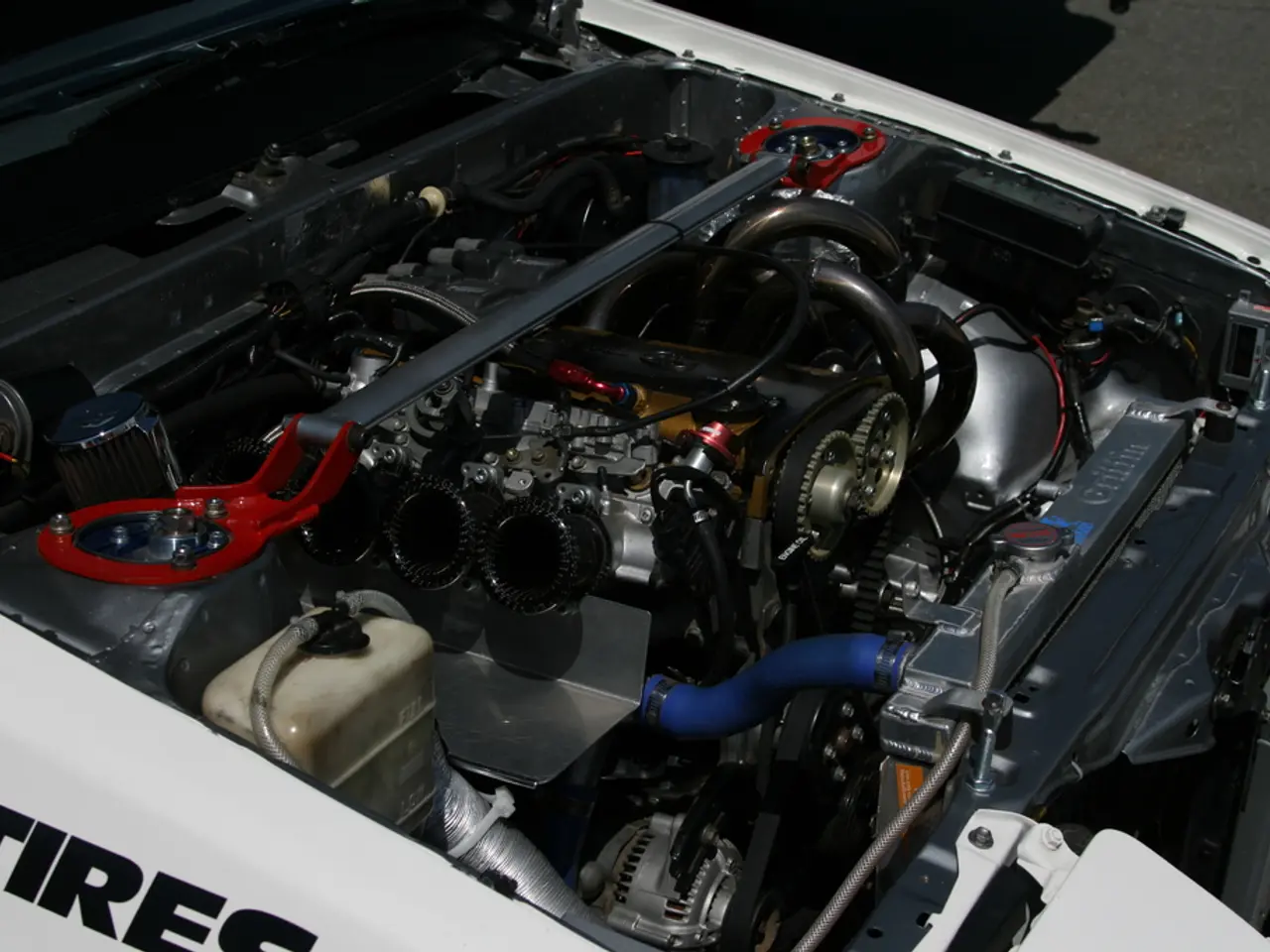Battlefor Graphics Dominance: A Look Back at ISA, AGP, and PCI Technologies
In the realm of personal computing, the evolution of graphics and peripheral interfaces has been a significant journey, transforming from early shared buses to high-speed, scalable serial lanes that cater to modern computing needs. This article explores the timeline of this transformation, from the S-100 bus in the 1970s to the current PCI Express (PCIe) standard.
The S-100 Bus, introduced in the 1970s and named after the 100-pin connector employed for expansion cards, gained significant traction with the Altair 8800 microcomputer. However, it was not adopted by IBM for their PCs. In 1981, IBM introduced the Industry Standard Architecture (ISA) card slot for expansion with the IBM PC, which started as an 8-bit interface but was later extended to 16-bits with the PC/AT.
In response to the high cost of the ISA-based EISA, developed by a consortium of IBM competitors in 1988 as a 32-bit extension of ISA, Peripheral Component Interconnect (PCI) was introduced in 1992 by Intel as a major improvement over ISA and VESA local bus standards. PCI offered higher data transfer speeds and greater flexibility, quickly becoming the general-purpose standard for connecting graphics cards and other peripherals.
The late 1990s saw the emergence of Accelerated Graphics Port (AGP), a dedicated graphics interface designed to provide faster data throughput compared to PCI. AGP allowed for direct access to system memory for texture storage, making it particularly beneficial for graphics-intensive applications.
In 2003, PCI Express (PCIe) was introduced, replacing PCI and AGP with a serial point-to-point link architecture. PCIe uses multiple lanes for scalable high-speed data transfer, supports hot swapping, better error detection, and I/O virtualization. Today, PCIe is not only used for graphics cards but also for storage and networking devices, coming in various revisions with ongoing improvements.
This timeline demonstrates how PC graphics and peripheral interfaces have matured, moving from early, relatively slow shared buses to high-speed, scalable serial lanes. PCI was designed to replace the aging VL bus and older legacy approaches, improving interrupt request (IRQ) sharing and eliminating conflicts that plagued ISA-based systems. PCIe, in particular, offered a more standardized approach to bus mastering, enabling devices to directly access system memory without relying solely on the CPU.
By 1995, PCI had become the dominant bus standard, effectively replacing VL, MCA, EISA, and other contenders within a year. The PCI Special Interest Group (PCI-SIG) was formed in 1992 to oversee the development and promotion of the PCI bus. The initial PCIe 1.0 specification offered 250 MB/s per lane in each direction, with configurations ranging from x1 to x16 lanes.
In conclusion, the evolution of PC graphics and peripheral interfaces has been a fascinating journey, marked by innovation and continuous improvement. From the S-100 bus to the current PCIe standard, this timeline showcases how personal computing has grown to accommodate the demands of modern, high-performance applications.
Data-and-cloud-computing revolution has significantly transformed the personal computing landscape, with the emergence of advanced technologies like PCI Express (PCIe) as a cornerstone. Introduced in 2003, PCIe is no longer confined to graphics cards, now being utilized for storage and networking devices, reflecting the impact of data-and-cloud-computing on modern, high-performance applications.




